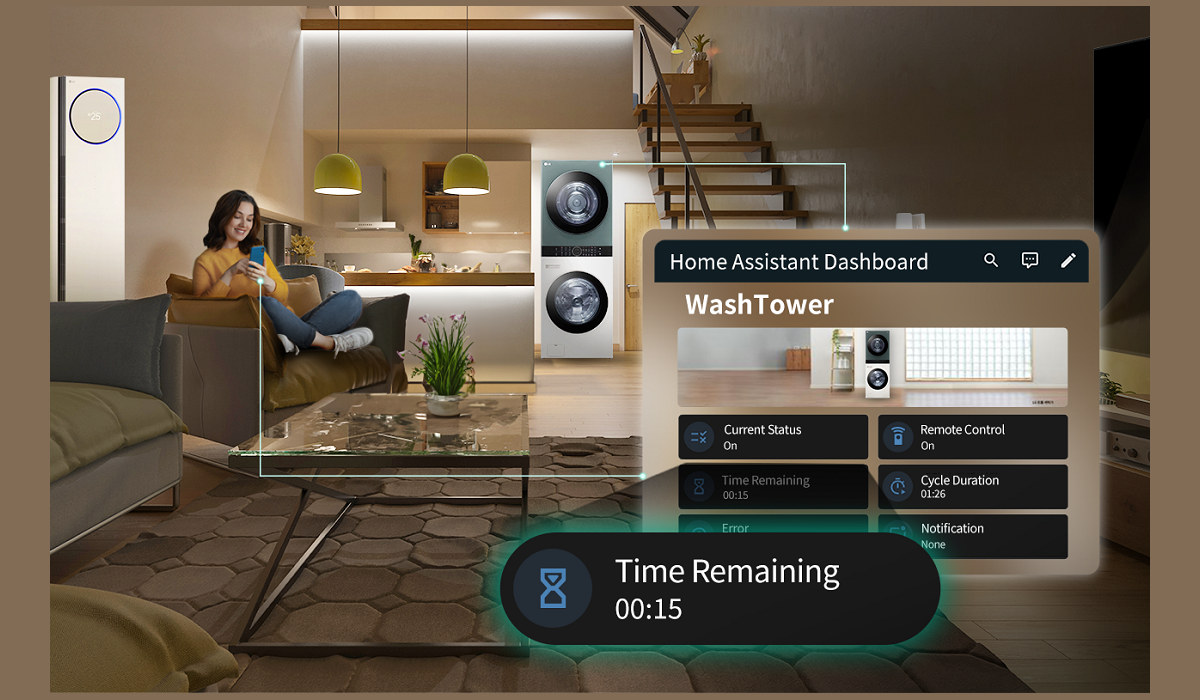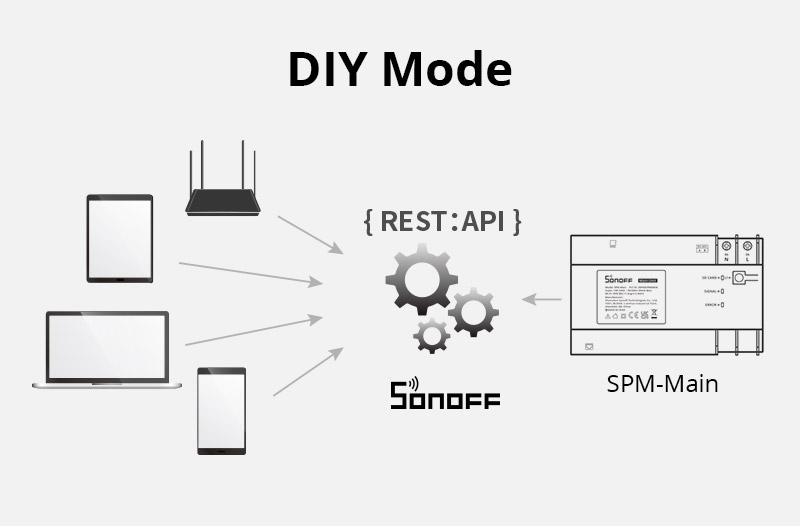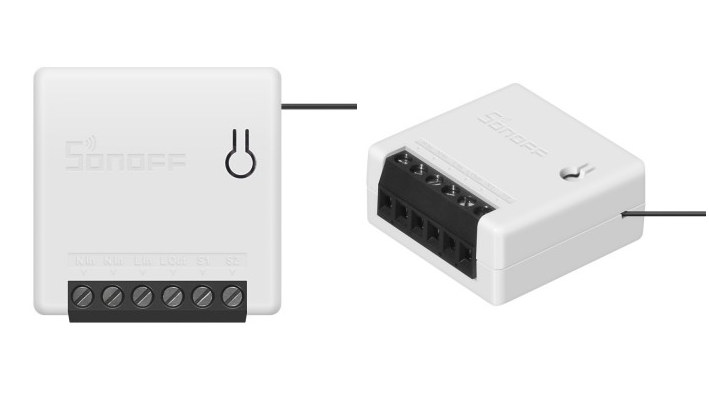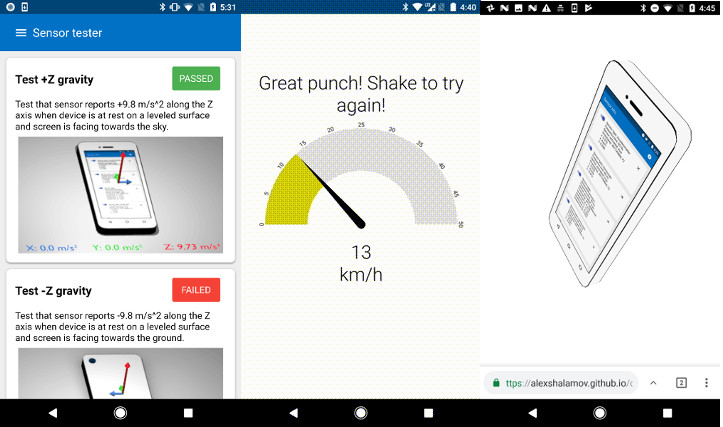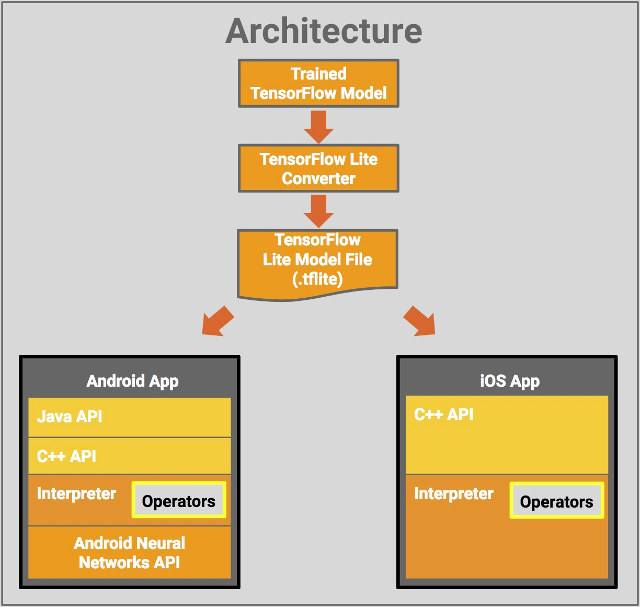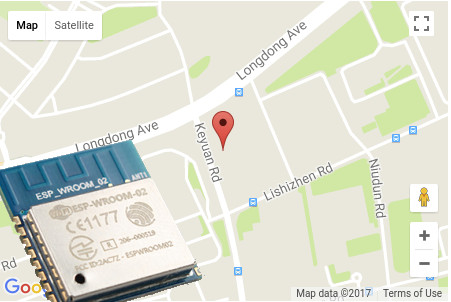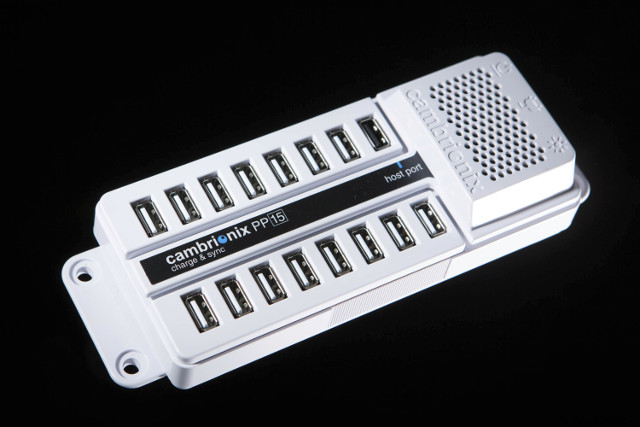LG Electronics (LG) has fully opened its ThingQ API for its Smart Home platform to enable developers to integrate their solutions with compatible LG appliances. The release covers both the API for individual users and corporate users. The ThinQ API for individual users supports the control and monitoring of AI appliances registered in the LG ThinQ app. It allows users to create customized Smart Home applications, for example, the popular Home Assistant home automation framework can already connect and control 26 types of LG AI appliances including refrigerators, water heaters, and washing machines. I can see the community has been working on LG ThinQ integration well before the release of the full release of the API, but maybe LG saw this and completly released the API to ease the work of developers. There are four main ThingQ APIs for individuals: Device API – Used to request ThinQ device information and […]
SONOFF releases HTTP API for SPM-Main power meter
SPM-Main is the main unit of Sonoff Smart Stackable Power Meter using RS485 to provide up to 128 relays. Besides support for the eWelink mobile app, we were promised an HTTP API at the time of the launch in September 2021. ITEAD kept its promises and has now released the HTTP API for the SPM-Main smart power meter to allow IoT home automation users and developers to control SONOFF devices via existing home automation open-source platform or local HTTP client. It’s the same REST API used for SONOFF MINI & R3 smart switches, but it adds support for power monitoring as well. The API allows you to switch between eWelink and DIY modes as needed, and provides the following functions: Device Status Broadcast – Returns the switch status of all channels with current, voltage, power, overload status, RS485 communication status, and more Get the List of Sub-device – List of […]
Sonoff MINI & R3 Smart Switches Support a DIY REST API
ITEAD Studio’s Sonoff are low-cost wireless switches based on ESP8622/ESP8285 WiSoC, and supporting WiFi and/or 433 MHz connectivity. They usually come with a firmware that allows users to control them with eWelink app for Android or iOS. But many people will install alternative open source firmware such as Sonoff-Tasmota or ESPurna to get more flexibility such as the ability to use MQTT. But the company’s latest models, including Sonoff MINI and R3 series, implement a “DIY” REST API that allows you to control the device, or flash the firmware over a LAN connection. Sonoff MINI two-way Smart Switch Sonoff MINI is designed to be installed behind existing wall-mounted light-switches and wall-mounted power-sockets. Specifications: Terminal blocks with 6x inputs/outputs: N/L Inputs – AC 100-240V 50/60Hz 10A Max N/L Outputs – AC 100-240V 50/60Hz 10A Max S1/S2 – Designed to optionally connect a standard on/off switch Connectivity – Wi-Fi 4 – 802.11 […]
Chrome 67 to Support the Generic Sensor API for Accelerometers, Gyroscopes, and Fusion Sensors
Once upon a time, web browsers were used to… well, browse the web, but overtime, features and API have been added to run apps with the ability to control hardware like webcams using the Media Capture API, GPIOs using JavaScript (e.g. node.js), or handle Bluetooth connectivity though the Web Bluetooth API. The W3C Generic Sensor API is one of the latest proposed API, and defines a framework for exposing sensor data to the Open Web Platform in a consistent way. Google has just announced Chrome 67 beta supports the new API. Four types of sensors are supported for now: accelerometer, gyroscope, orientation sensor combining accelerometer and gyroscope data, and motion sensor, another fusion sensor leveraging data from a magnetometer as well as the accelerometer and the gyroscope for example to act as a virtual compass. You can test the Sensor API on your phone or other device with sensors running […]
Google Releases Tensorflow Lite Developer Preview for Android & iOS
Google mentioned TensorFlow Lite at Google I/O 2017 last may, an implementation of TensorFlow open source machine learning library specifically optimized for embedded use cases. The company said support was coming to Android Oreo, but it was not possible to evaluate the solution at the time. The company has now released a developer preview of TensorFlow Lite for mobile and embedded devices with a lightweight cross-platform runtine that runs on Android and iOS for now. TensorFlow Lite supports the Android Neural Networks API to take advantage of Machine Learning accelerators when available, but falls back to CPU execution otherwise. The architecture diagram above shows three components for TensorFlow Lite: TensorFlow Model – A trained TensorFlow model saved on disk. TensorFlow Lite Converter – A program that converts the model to the TensorFlow Lite file format. TensorFlow Lite Model File – A model file format based on FlatBuffers, that has been […]
Geolocation on ESP8266 without GPS Module, only WiFi
When I think about geolocation in I normally think about global navigation satellite systems such as GPS, GLONASS, Galileo, or Beidou, as well as IP geolocation, but the latter is highly inaccurate, and often only good for find out about the country, region, or city. But if you’ve ever been into your phone location settings, you’d know GPS is only one option, as it can also leverage cellular base stations and WiFi SSIDs, where the former working where there’s coverage, and the later in area with a high enough density of access points. Somehow, I had never thought about using such technology to find location with WiFi modules until Espressif Systems released an application note entitled “Geolocating with ESP8266“. This document describes how the ESP8266 module may be used to scan for nearby Wi-Fi access points and, then, use their SSID, RSSI and MAC address to obtain a potential fix […]
Cambrionix PowerPad 15S is a 15-Port USB Hub with 2.1A Output, Control API, Serial Console, Power Consumption Monitoring
Many development boards are powered over USB, usually via a micro USB ports, and if you have one board, you’d just use a 5V USB adapter with the right amperage, and it will work fine as long as you have a low resistance USB cable (AWG20 cables recommended for higher loads). But when you start to running multiple boards using power strips with USB adapter start to take space, so USB hubs are much more convenient. However, you need to find one that delivers enough power, is reliable, and possible allows per port power control. The guys at LAVA (Linaro Automated Validation Architecture) are using a lot of boards to validate software developed by Linaro and their members, with the boards having to run 24/7, and they had various misfortunes with USB hubs, but as Dave Pigott reports they’ve now found that USB hub of their dream with a 15-port […]


